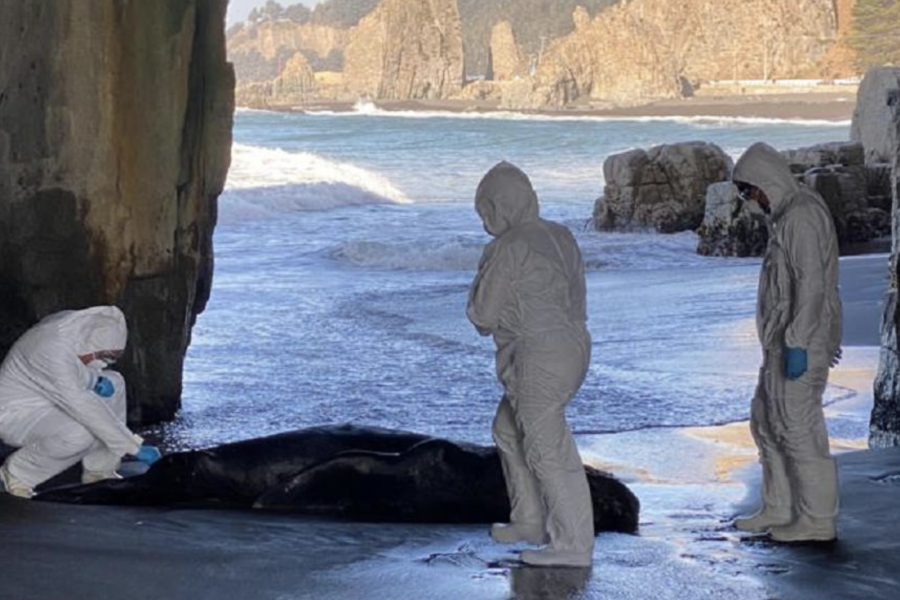More than 3,300 sea lions in Chile have died of H5N1 bird flu, a six-fold increase in just 4 weeks, according to government estimates released on Wednesday. The outbreak is also affecting other marine animals, including dolphins, porpoises, sea otters and penguins.
The National Fisheries and Aquaculture Service (SERNAPESCA) said at least 3,347 sea lions have been found dead so far this year, a notable increase from 1,960 on April 6, and a sharp increase compared to the 532 deaths reported on March 18.
Sea lions have been hit unusually hard in South America. Around 3,500 sea lions in Peru, which is next to Chile, were reported to have died of avian influenza as of early March, raising the possibility of mammal-to-mammal transmission.
Other marine species in Chile have also been hit by bird flu, most notably Humboldt penguins, of which 933 have been found dead so far this year. This represents an estimated 8.5% of all Humboldt penguins in Chile.
“A total population of no more than 11,000 Humboldt penguins is estimated in our country, which is not a lot, because this species has a highly localized distribution,” said María Soledad Tapia Almonacid, the head of the aquaculture service. “In this contingency we are close to losing 10% of this species and that certainly worries us.”
SERNAPESCA also reported that 2 Chilean dolphins have tested positive for H5N1 bird flu, making it the first time that dolphins have been affected by the virus in the South American country. At least 9 other dolphins were also found dead but have not been tested.
Other marine animals which are believed to have died of bird flu include 16 marine otters and 15 porpoises, a marine mammal closely related to narwhal and beluga whales. Most of the deaths have been reported in the northern region.
Last month, Chile reported the country’s first-ever human case of H5N1 bird flu, which was reported in the northern city of Tocopilla. The 53-year-old man was last reported to be in critical but stable condition. It’s unknown how he was infected.
The global spread of H5N1 clade 2.3.4.4b – and the recent spread to a growing number of mammals – has raised concern about the possibility of a future variant which could lead to human-to-human transmission. So far, only a few cases have been found in humans after contact with infected birds.
“The global H5N1 situation is worrying given the wide spread of the virus in birds around the world and the increasing reports of cases in mammals, including in humans,” Dr. Sylvie Briand, a WHO official, said on February 24. “WHO takes the risk from this virus seriously and urges heightened vigilance from all countries.”
